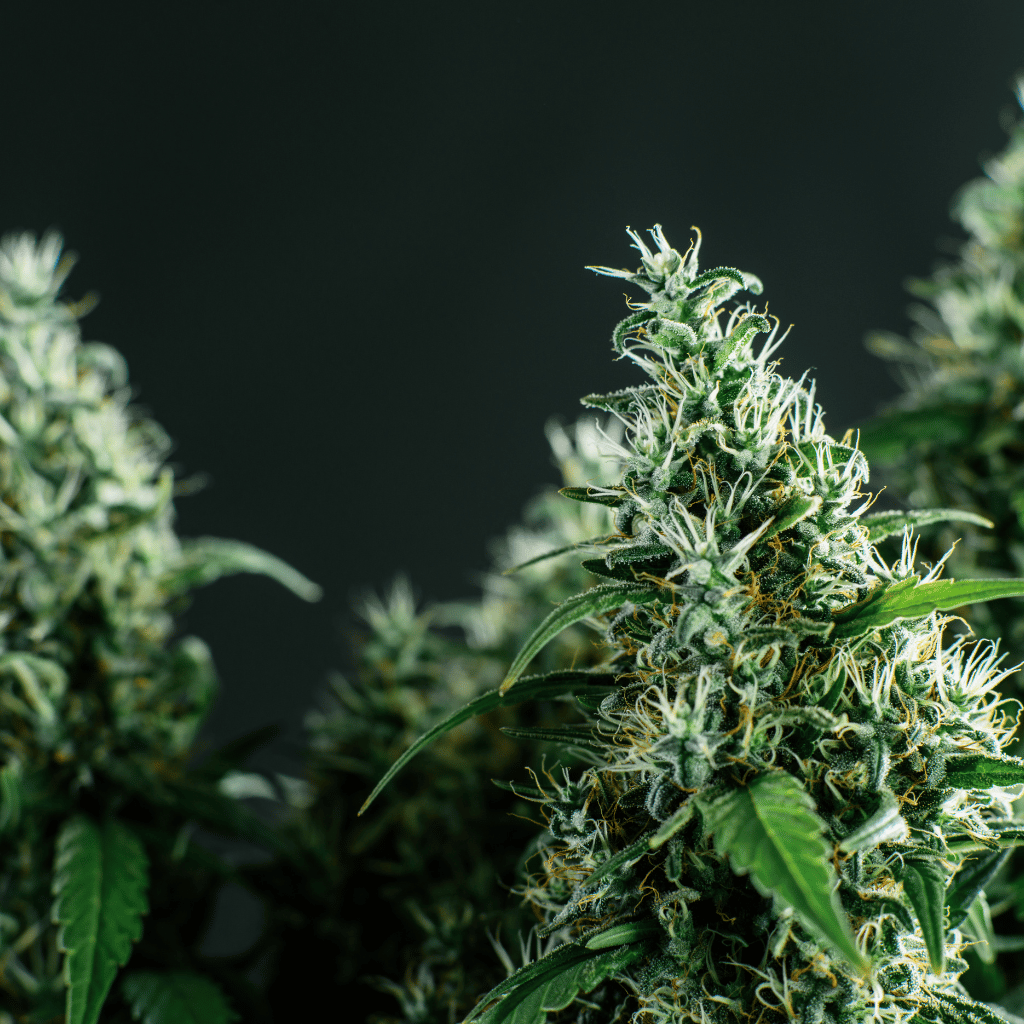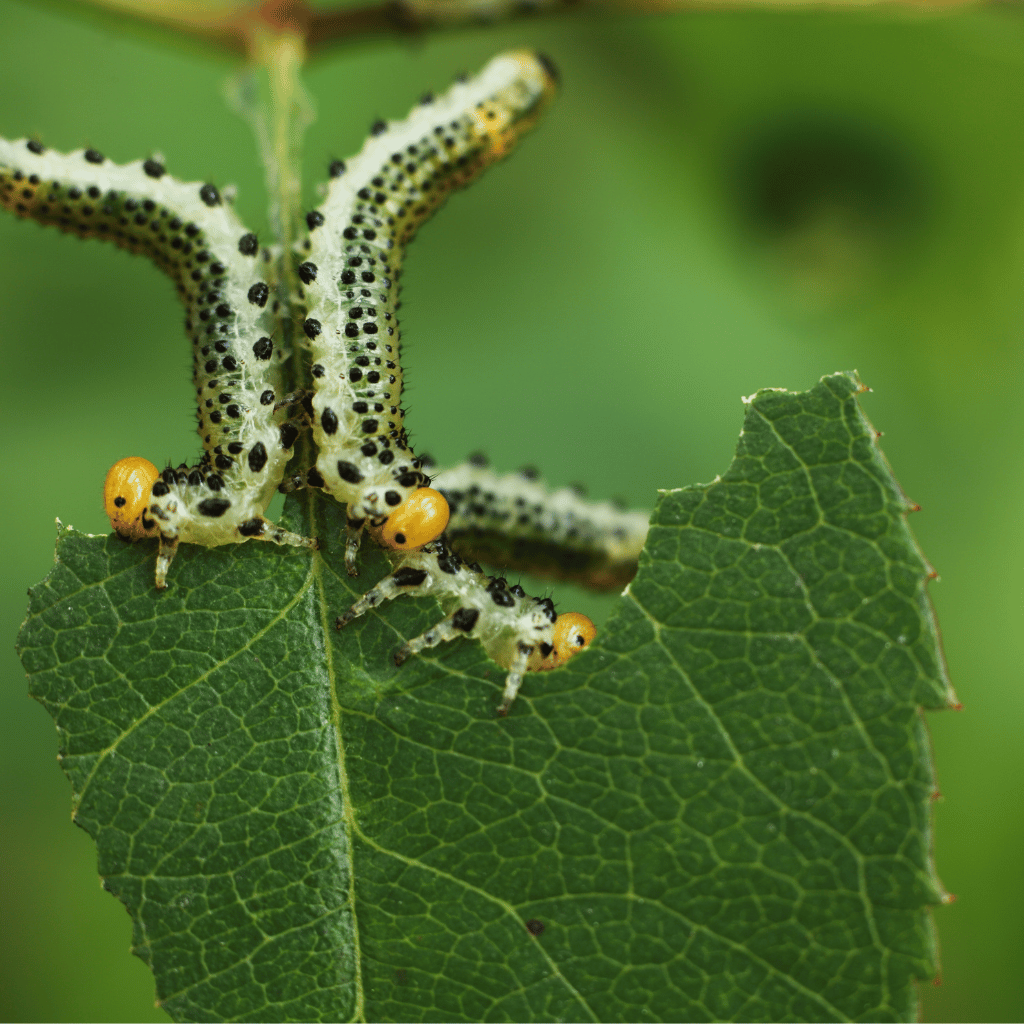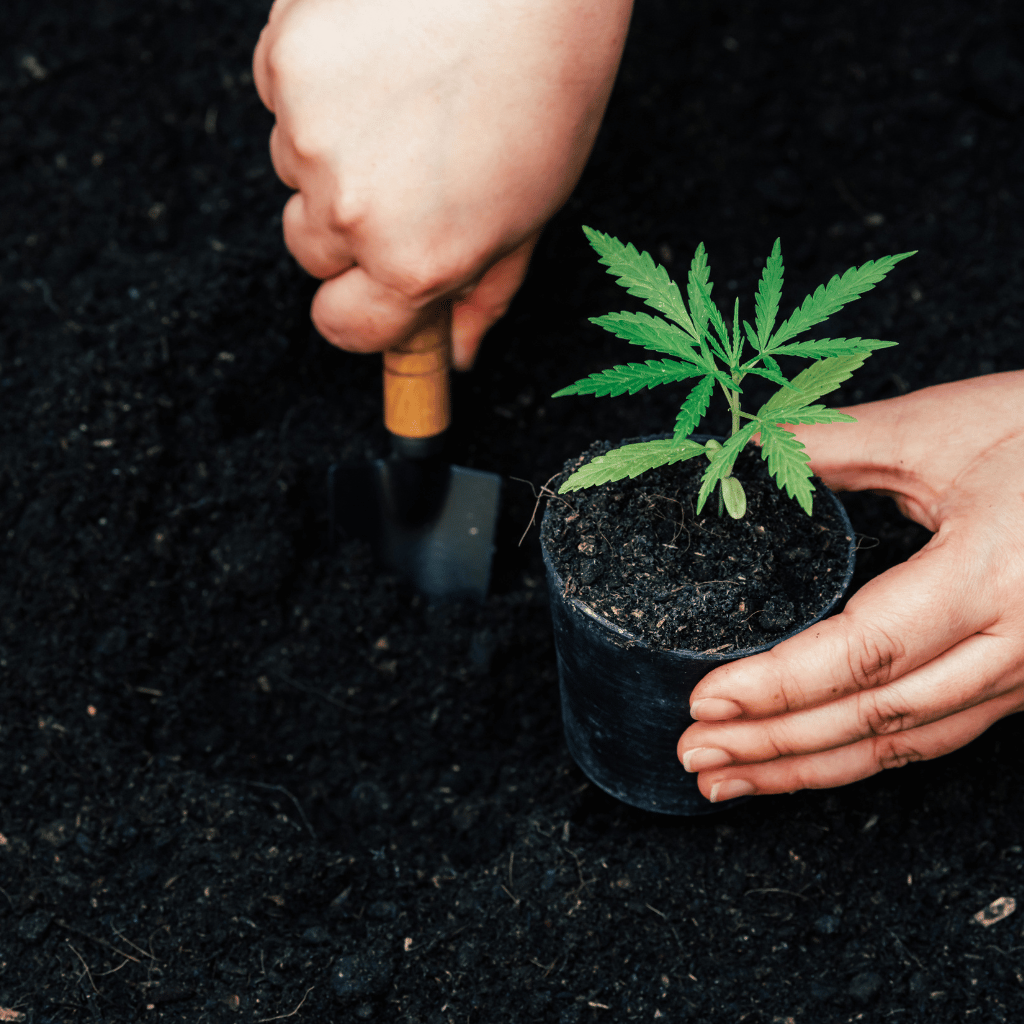The flowering phase is the highlight of cannabis cultivation. After spending weeks germinating and growing tall, the plants enter the crucial phase where they develop their flowers. This phase requires special attention to avoid mistakes that could affect the harvest. In this article, we will take a detailed look at the flowering phase of cannabis, discuss the challenges that may arise, and explain how to overcome them to achieve the best possible harvest.
What is the flowering phase?
The flowering phase is the final stage in the life cycle of a cannabis plant, during which it develops its flowers. This phase begins when the plant is triggered by a change in the light cycle (usually 12 hours of light and 12 hours of darkness) to focus its energy on flower production. During the flowering phase, the appearance of the plants changes significantly: they become bushier, and flowers start forming at the nodes. This phase typically lasts 6-10 weeks, depending on the strain.
Getting started: Light, water, and nutrients
Proper lighting is crucial during the flowering phase. Most cannabis strains require a 12/12 light cycle (12 hours of light and 12 hours of darkness) to transition into flowering. It is essential to ensure that the plants are not exposed to any light leaks, as this can disrupt flowering and lead to hermaphroditism.
Water and nutrient requirements also change during this phase. Plant nutrients, particularly those high in phosphorus and potassium, play a critical role in the development of large, resinous flowers. However, caution is needed: too many nutrients can cause nutrient burn, negatively impacting flowering.
Key factors during the flowering phase
1. Temperature and Humidity
During the flowering phase, the temperature should be kept between 20 and 26 degrees Celsius. Humidity should be reduced to around 40-50% to prevent mold formation on the flowers. High humidity levels, especially in the later weeks of flowering, can cause significant problems.
2. Air Circulation
Good air circulation is essential for keeping the plants healthy. Fans help prevent mold and mildew and ensure the plants receive a constant supply of fresh air to maximize their flowering potential.
3. Repotting and Training
Before entering the flowering phase, it’s advisable to repot the plants one last time, if necessary. Additionally, techniques like low-stress training (LST) or super cropping can be applied to maximize flower production and distribute light evenly across all parts of the plant.
4. Flower Training and Support
As the plants enter the flowering phase, the flowers can become very heavy. Supports may be needed to prevent the branches from bending or breaking.
Common mistakes during the flowering phase
1. Light Leaks
A common mistake during the flowering phase is the presence of light leaks. Even a small amount of light during the dark period can stress the plants, delaying flowering or causing them to revert to the vegetative phase.
2. Overfeeding
It can be tempting to provide more nutrients during the flowering phase in hopes of achieving larger flowers. However, overfeeding can lead to nutrient burn and negatively affect the quality of the harvest.
3. Improper Watering
The water requirements during the flowering phase may differ from the vegetative phase. Overwatering can lead to root rot, while underwatering can hinder flower development.
4. Pests and Diseases
Pests like spider mites or mold can have devastating effects during the flowering phase. Since pesticides should not be used at this stage, preventive measures and maintaining a clean growing environment are crucial.
Harvest timing and drying
The final week of the flowering phase requires special attention, as harvesting at the right time can make the difference between a good and a great yield. The trichomes of the plant provide clues about when the flowers are ready for harvest. Using a magnifying glass or microscope, one can check if the trichomes are milky or amber-colored – this indicates the plant is ready to be harvested.
After harvesting, the drying and curing process begins. The flowers must be dried in a cool, dry place to prevent mold and preserve their aromas and potency.
Conclusion
The flowering phase is undoubtedly one of the most exciting and demanding stages in cannabis cultivation. By taking the right measures, paying close attention to light, water, nutrients, and carefully managing the environment, mistakes can be avoided, and the best results can be achieved. The key to success lies in providing




Leave a comment
This site is protected by hCaptcha and the hCaptcha Privacy Policy and Terms of Service apply.